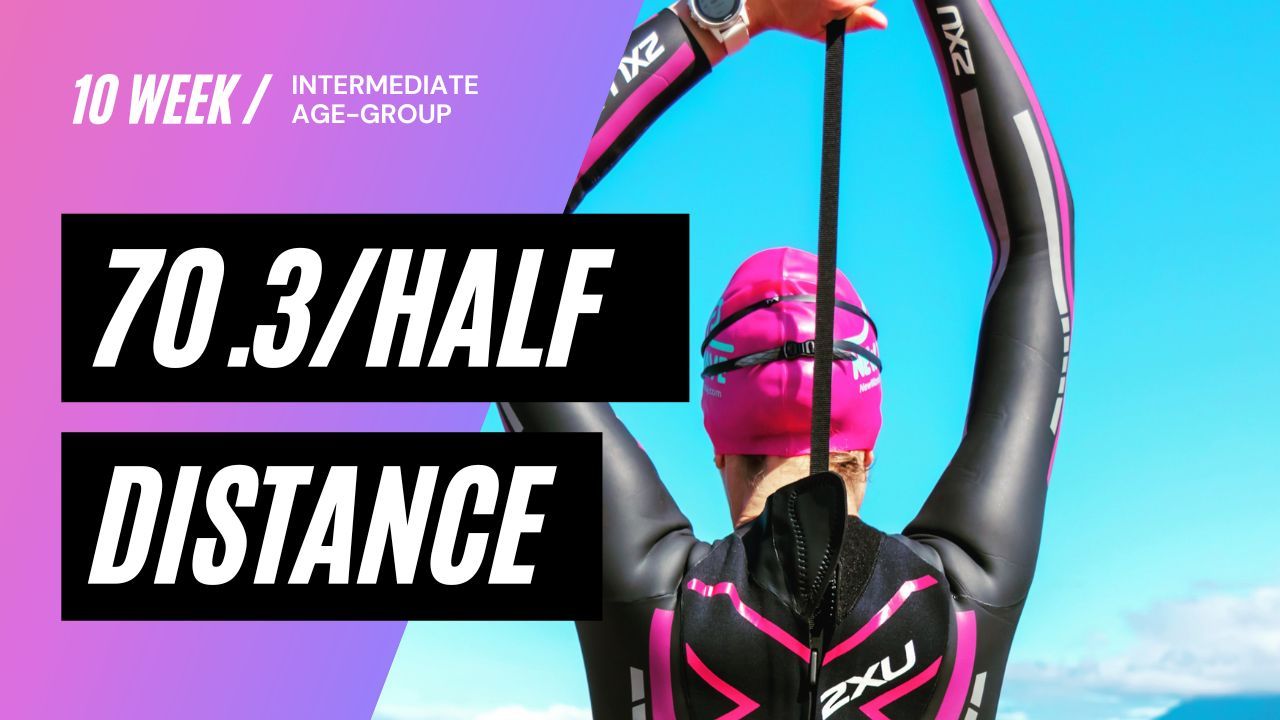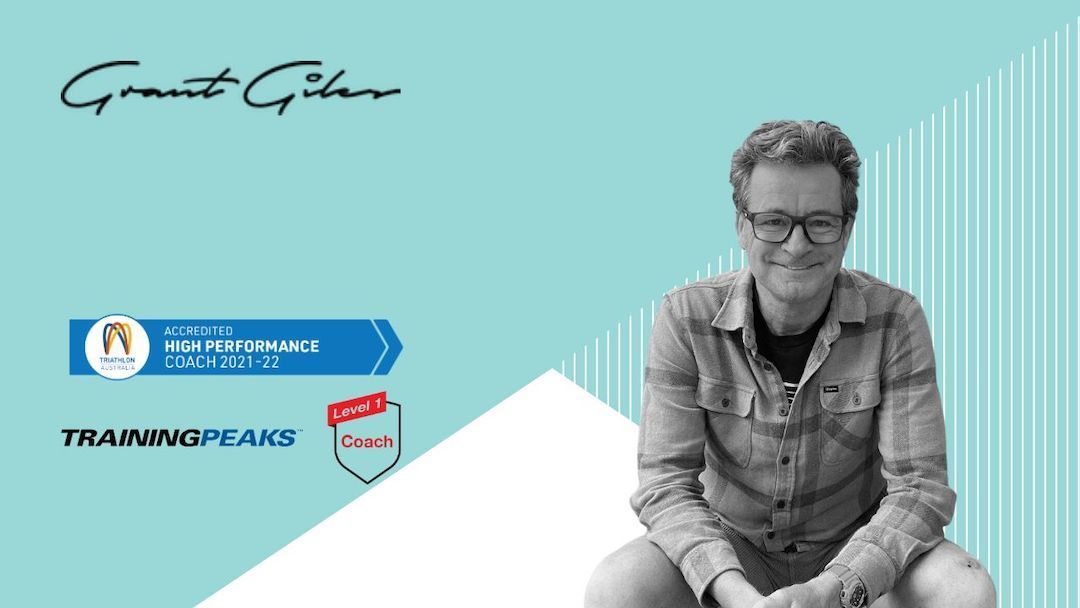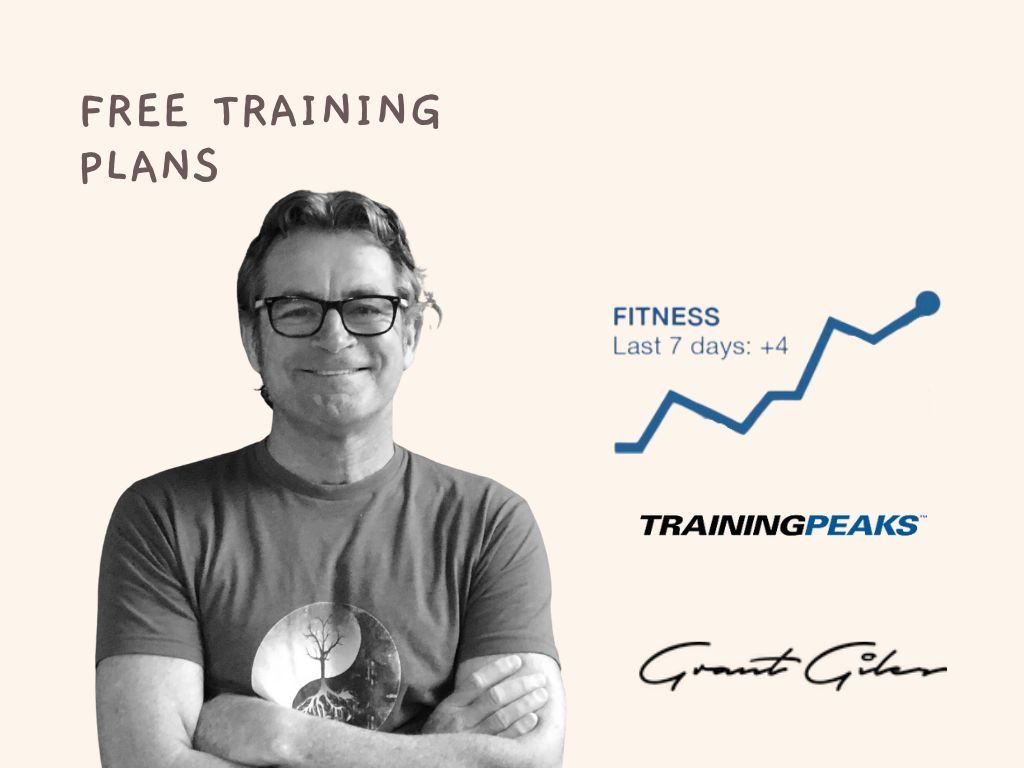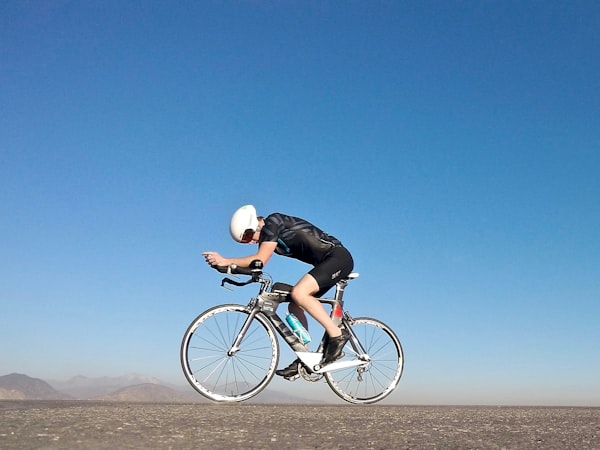Table of contents
Let's chat about what a Half-Ironman, or a 70.3, is all about. If you're thinking it sounds like a fair bit of a challenge, you're spot on. But let me tell you, it's an absolutely rewarding one.
So, what's a 70.3? In simple terms, it's a triathlon that covers a total of 70.3 miles across swimming, cycling, and running. We're talking about a 1.9 km swim (that's about 1.2 miles for those who prefer miles), followed by a 90 km bike ride (56 miles, give or take), and wrapped up with a 21.1 km run, which is the same as a half marathon. Yep, it's a decent effort, but it's a brilliant way to test yourself without going the whole hog like in a full Ironman.
Training for a 70.3 is a bit of a journey, but it's a great one. It's not like you just wake up one day and decide to do it – it takes commitment and a solid plan. But the beauty of it is, it fits into your life a bit easier than training for a full Ironman. You won't have to give up your entire weekends, which is a win in my book.
The 70.3 has become a bit of a legend in the triathlon world, and for good reason. It's like the younger sibling of the full Ironman – tough, but a tad more approachable. And let's not forget about the Ironman 70.3 World Championship. It started in the States back in 2006 and has been hopping around the globe ever since, from the sunny beaches of Florida to places like Austria and South Africa. To get there, you've got to qualify, which adds a bit of spice to the challenge.
Can I Actually Do A Half-Ironman 70.3?
Absolutely, you can tackle a 70.3 – or as we like to call it, a Half-Ironman triathlon. This isn't just for the seasoned pros; it's for anyone who's got a bit of grit and is ready to put in the training. You don't need to be a triathlon veteran or an endurance race guru. If you're wondering whether you're cut out for this, let me break it down a bit.
First things first, why do you want to take on this beast? It's a big commitment, so your motivation has to be solid. Next, think about the time you can dedicate to training. A 70.3 isn't a walk in the park – it needs time, effort, and a decent plan. Where's your fitness level at right now? You'll be swimming, biking, and running, so a bit of experience in these is a plus, but not a deal-breaker. And hey, if you've had a few injuries in the past, just make sure you're taking care of those as you train.
If you're new to this whole triathlon business or you find yourself on the injury list more often than not, it's smart to focus on getting stronger and building up your endurance first. You don't want to dive into long workouts or race day unprepared – that's asking for trouble.
Swimming is often the part that gets new triathletes sweating bullets. It's crucial to nail your swimming basics – it's not just about staying afloat, it's about being efficient, comfortable, and injury-free in the water. You might even consider some swim lessons or a dedicated swim training block before you fully commit to a 70.3 training plan.
How Much Training Do I Need To Do?
Training for your first Half-Ironman is a significant commitment but absolutely achievable with the right approach. Let's dive into what it takes in terms of time and effort.
First up, you should plan for about 16 weeks of dedicated training. This timeframe is essential to build up your endurance and get comfortable with each discipline. Initially, aim for 6-7 hours of training per week. This includes swimming 2-3 times a week, where you'll focus on longer intervals like 250m repeats, instead of shorter 100m ones. For biking, hit the road 3 times a week, with your weekend ride stretching between 115-130 km to really build that endurance. And for running, plan 3 sessions a week, including one long run that gradually increases to the full half marathon distance of 21.1 km.
As you progress, you'll want to ramp up the intensity and duration. Over 4-week blocks, gradually increase your training volume, peaking at about 10-11 hours on your most intense weeks. Don't forget to take it easier every fourth week to allow your body to recover. This is also the perfect time to introduce brick workouts – like a run right after your long bike session – to mimic race conditions.
In total, expect to dedicate between 96-176 hours over these 16 weeks. Remember, it’s not just about piling on the hours; it's about smart, dedicated training. Proper fueling during longer efforts is also crucial.
Now, let's talk about the reality of time management. Training for a 70.3 takes about 8 to 13 hours per week. If you've got a solid foundation – think comfortable hour-long swims, thrice-weekly bike rides with at least one 20-mile ride, and regular runs including a 5-mile long run – a 10-week plan might suffice. But if you're starting from a lower base, consider a 20-week plan for a more gradual build-up.

Balancing training with work, family, and social commitments is a juggle. It's tempting to cut back on sleep to fit in training, but remember, recovery, including sleep, is just as important as the training itself. It’s during rest that your body adapts and strengthens.
So, to sum it up: yes, you'll need to carve out time and stick to a structured plan, but with a balance of smart training, adequate recovery, and a bit of time management, preparing for a Half-Ironman 70.3 is definitely within your reach. Just trust the process and stay committed to your goal. You’ve got this!
Do I Need A Coach For A Half-Ironman 70.3?
Alright, let's have a yarn about whether you need a coach for nailing a Half-Ironman 70.3. Now, full disclosure: I'm a coach, but I'm going to shoot straight with you – sometimes you might just be fine without someone like me. Let's break it down.
Why You Might Want a Coach (Like Yours Truly)
Training for a 70.3 isn't just about toughing it out through a bunch of swims, bikes, and runs. It's a bit like a complex dance, where you've got to get the steps just right. This is where a coach can step in. We bring a bit of order to the chaos, customising a plan that's right for you. Think of it like this: I’m the bloke who can tweak your plan if you’re constantly on the road for work or if you’re starting from square one in the pool.
And let's face it, having a coach is a bit like having a personal cheer squad – someone to give you a nudge when you need it and a pat on the back when you've earned it. It's not just about the physical training; it's about having someone in your corner who gets the mental game too.

But here's the fun bit: think of training with a coach like learning to drive with an instructor. You could teach yourself, sure, but it's quicker and often safer with someone showing you the ropes. And hey, you get to avoid those rookie errors that make for great stories later on – though I'm not above winning the "dumb-ass award" myself from time to time!
Going Solo
Now, on the flip side, heaps of folks train for a 70.3 without a coach. There's a whole world of training plans out there – free ones, paid ones, you name it. If you're the kind of person who's got a bit of grit and can stick to a plan, you might do just fine on your own.

The world of triathlon's chockers with resources – podcasts, YouTube tutorials, articles, and more. You can learn a lot on your own, and there's a certain pride in crossing that finish line knowing you were your own coach.
So, do you need a coach? Well, it depends. If you want a personalised approach and someone to guide you through the twists and turns, a coach might be your ticket. But if you're the independent sort, ready to dive into the deep end and learn as you go, flying solo could be just as brilliant.
At the end of the day, whether you choose to work with someone like me or go it alone, the goal is to enjoy the ride and cross that finish line with a grin. Either way, I'm cheering for you!

What's in a Half-Ironman 70.3 Training Plan
Let's chat about how to structure your training for a Half-Ironman 70.3. Getting ready for this endurance test is a bit like prepping for a grand adventure. You wouldn’t just rock up to the Outback without a map, right? Same goes for your 70.3 – you need a solid plan.
The Phases of Your 70.3 Training Journey
Base Phase. This is like the pre-dawn of your training adventure, usually in the winter months. Here, it's all about building your aerobic endurance. Think long, steady efforts to lay down a solid fitness foundation. As they say in the tri world, “the bigger your base, the faster the race!” This phase is all about setting yourself up for the hard work to come.
Build Phase. About 6-8 weeks out from race day, we start to spice things up. It's time to add some grunt to your training. This means more high-intensity and race-pace efforts. You'll also introduce brick sessions here – that’s when you swim then bike, or bike then run, in the same workout. It’s tough, but it’ll get you race-ready like nothing else.
Race Phase: Now we're getting down to the nitty-gritty. This phase focuses on race-specific work. It’s not just about going hard; it’s about going smart. Practice open-water swimming, nail down your race day nutrition, and rehearse those transitions until they're smoother than a coldie on a hot day.
Taper Phase: In the last 2-3 weeks, it's time to ease off the gas a bit. Reduce your training volume, but keep the intensity. This lets your body absorb all the hard work and get ready to fire on all cylinders on race day.
Balancing Your Plan
Make sure your training plan fits into your life. If you're a bit of a fish in the water but not so flash on the run, spend more time on the latter. Remember, running off the bike feels different than a normal run, so practice that transition.
And there you have it! Stick to these phases, and you’ll be primed for a ripper of a race day. Just remember, the journey’s as important as the destination.
My Most Popular Half-Ironman 70.3 Training Plans
13-week 70.3 Half-Ironman Training Plan
This comprehensive plan, designed for TrainingPeaks, starts with building an aerobic base and strength, followed by an integration week for mental and physical assimilation. The subsequent phases increase in intensity, focusing on strength, power, and race-specific training, culminating in a tapering period to peak for race day. What sets this program apart is its emphasis on understanding the purpose behind each training session, supported by psychological guidelines and direct access to Grant for personalised coaching. This holistic approach promises not just a physical transformation but also a mental metamorphosis, preparing athletes for the challenges of triathlon with a resilient and well-conditioned mindset.

10-week 70.3 Half-Ironman Training Plan
This 10-week training plan, tailored for intermediate to advanced age-group athletes, uniquely blends physical endurance with mental fortitude. The plan is focused on optimising aerobic speed and strength, ensuring efficiency in oxygen use. This comprehensive program, free of unnecessary 'junk' workouts, is structured to integrate seamlessly into busy lifestyles, emphasising purposeful sessions aimed at enhancing functional threshold capacity. Ideal for triathletes looking to elevate their performance in age-group events.

Which Ironman 70.3 Race Should I Do?
Choosing the right Half-Ironman 70.3 race, especially if it's your first, requires some consideration to ensure an enjoyable experience.
Seek Advice from Experienced Triathletes
Start by consulting with a seasoned triathlete, particularly those who have tackled the half-Ironman 70.3 distance. Their insights and recommendations can be invaluable in helping you select a race that aligns with your skill level and expectations.
Training and Race Conditions
Match the race conditions to your training environment and personal preferences. If you thrive in cooler climates, opt for a race in the spring to avoid training and racing in extreme heat. Similarly, the topography of your training area should influence your choice; if you're accustomed to flat terrains, a hilly course might not be the best fit.
Race Day Priorities
Consider what’s most important to you on race day. Some athletes prefer the familiarity and support of a hometown race, while others might seek the excitement of a destination race that doubles as a vacation. The presence of friends and family can also significantly impact your race day experience.
Popular Races for Beginners
In the U.S., races like Ironman 70.3 Oceanside are popular among beginners due to their relatively flat courses. Here in Australia, a race like Ironman 70.3 Sunshine Coast is also a very enticing race.

Scenery and Destination Appeal
Beyond flat courses, some athletes choose races for their scenic beauty or tourist attractions. For example, Ironman 70.3 St. George, despite its challenging terrain, draws athletes for its stunning landscapes and proximity to places like Las Vegas and Zion National Park.
Leverage Your Strengths
Select a race that complements your strengths. If you excel in flat bike courses or are a strong swimmer in lake conditions, pick a race that aligns with these strengths to maximise your performance.
Prioritise Easy Access and Familiarity
For your first long-distance race, ease of access and familiarity are key. Choosing a race close to home can reduce stress related to travel, bike shipping, and accommodation. It also ensures a cheering squad of family and friends. If a local race isn’t an option, consider a location with plenty of attractions for your support crew.
What gear do I need for an Ironman 70.3/half?
Participating in a half Ironman 70.3 requires not just immense physical preparation but also the right gear. While it's easy to get overwhelmed by the range of equipment available, it's best to start simple and gradually expand your gear collection based on your experience and needs.


